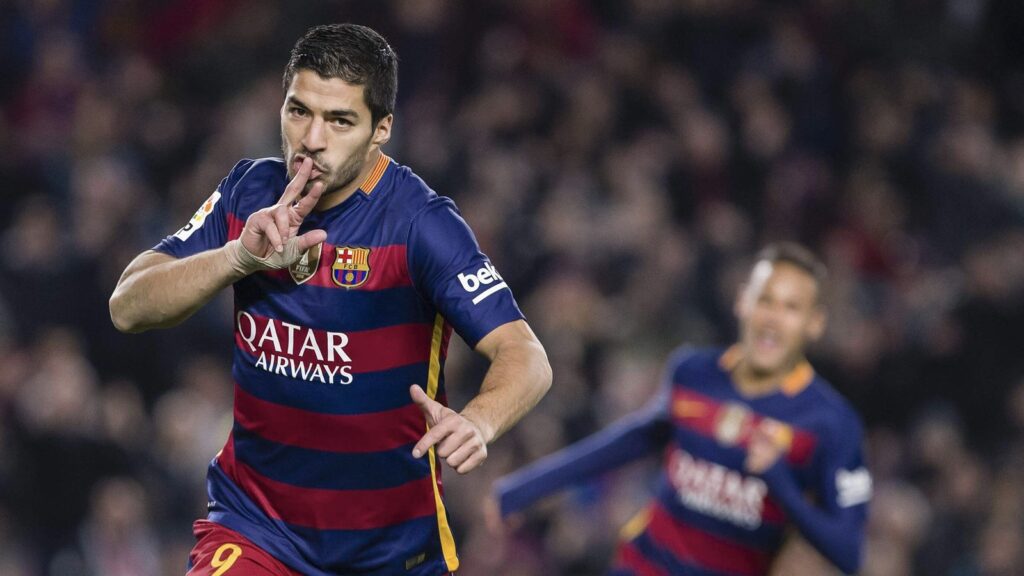Often called the center forward, the striker is a position considered crucial in the game of football. The player is mainly responsible for scoring goals and mounting attacks. But in current-day football, that role has evolved. Today, strikers are hybrid players, mixing traditional goal-scoring principles with tactical awareness, physical strength and even some defensive work.
This article thus delves into the basic skill set every striker is expected to have. It covers everything from their placement on the pitch, finishing scoring chances, holding up play, off-the-ball movement. This article also talks about how the striker is increasingly pressing in defense.
Who Is a Striker / Center Forward?
Typically, the striker or center forward is the one positioned nearest to the opponents’ goal with the responsibility of converting chances into goals. The formations usually place this player heading up the front line with midfielders and wingers supporting.
The first and foremost role of a striker is to score goals. But such a position needs much more than that from the mere shooting skills. In modern football, a striker must help in build-up, open space for other players and even track back in defense.

The Evolution of the Striker Role
Old-school strikers were viewed as pure goal scorers who stayed around the opponent’s box to finish chances. Their job was simple – score goals. But, as methods evolved, so too did the role of the center forward.
No more is a striker just a poacher sitting in the box. They have to be complete players adaptable to different styles of play. Some strikers, depending on the needs of the team, might be target men holding the ball up with strength. Some might be false nines that drop into midfield to open up space. Others might be pressing forwards, who can dictate the defensive rhythm.
A modern striker must be technically skilled, physically dominant, mentally quick and tactically adept. They lead lines in attack but build plays themselves and create scoring opportunities for others. They need to perform all this while applying pressure on opposition with defensive disruption.
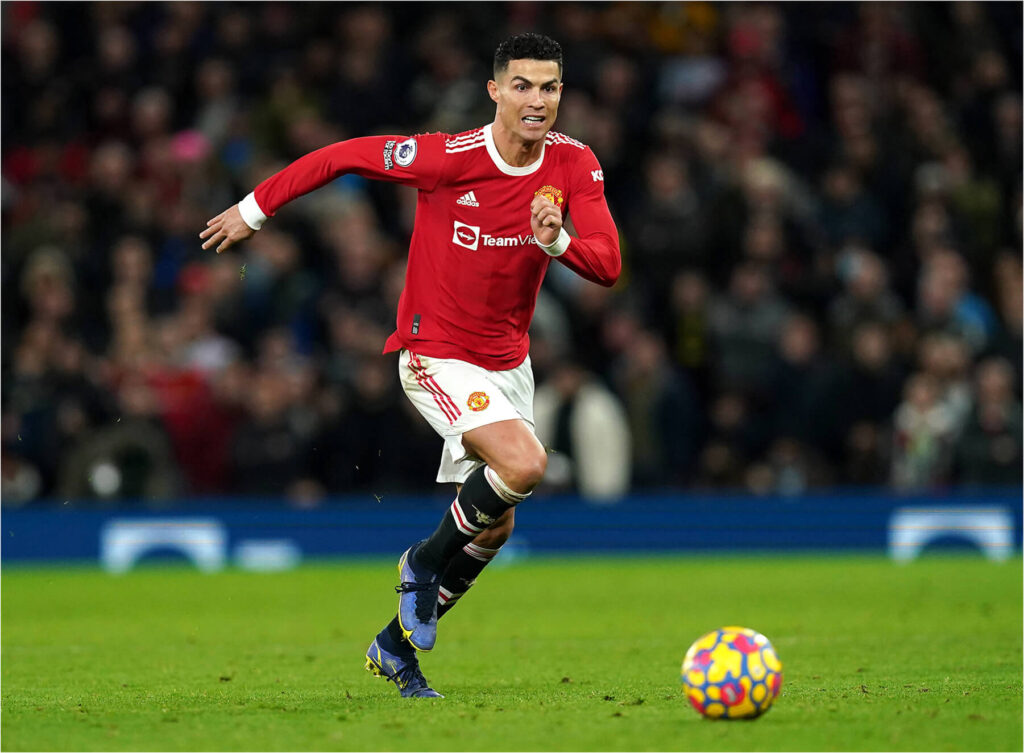
Different Types of Strikers
The striker role varies depending on team tactics and individual skill sets. Some of the most common types include:
- Poachers: These are goal-hungry strikers who operate inside the box, focusing on finishing. Examples include Filippo Inzaghi and Chicharito.
- Target Men: Physically strong players who can win aerial duels and hold up the ball. Think of Olivier Giroud or Edin Džeko.
- False Nines: Creative forwards who drop deep into midfield to confuse defenders and link play. Lionel Messi and Francesco Totti have played this role.
- Pressing Forwards: Known for their work rate and defensive effort, often leading the press. Roberto Firmino is a textbook example.

Each type has unique responsibilities, but all share the core aim of contributing to the team’s attacking output — directly or indirectly.
Key Striker Skills
Positioning: The Art of Being in the Right Spot
The striker’s positioning can often decide the outcome of matches. Skilled strikers read the game and position themselves between defenders to receive passes in dangerous areas.
For example, by staying on the last defender’s shoulder, a striker can time runs to avoid offside traps and get clear chances to shoot. Alternatively, some strikers drop slightly deeper to link up with midfielders and drag defenders out of their positions. This creates space for others to exploit.
Positioning also varies depending on the team’s style of play. A target man might position themselves to win aerial duels in the box, while a more mobile forward might focus on finding gaps in the defensive line.

Finishing: Turning Chances Into Goals
Finishing is the hallmark of any great striker. The ability to score consistently sets the best forwards apart. Whether it’s a volley, a header, a one-on-one with the goalkeeper or a tight-angle shot, a striker must remain calm and precise.
Strikers often develop a range of finishing techniques, including:
- Power shots: Striking the ball with force to beat the keeper.
- Placed shots: Using accuracy over power to target the corners.
- Chips and lobs: Lifting the ball delicately over the keeper.
- Volleys and half-volleys: Striking the ball directly from the air.
Great finishers also read the goalkeeper’s body language and anticipate their movement. This allows them to place the ball where the keeper cannot reach.
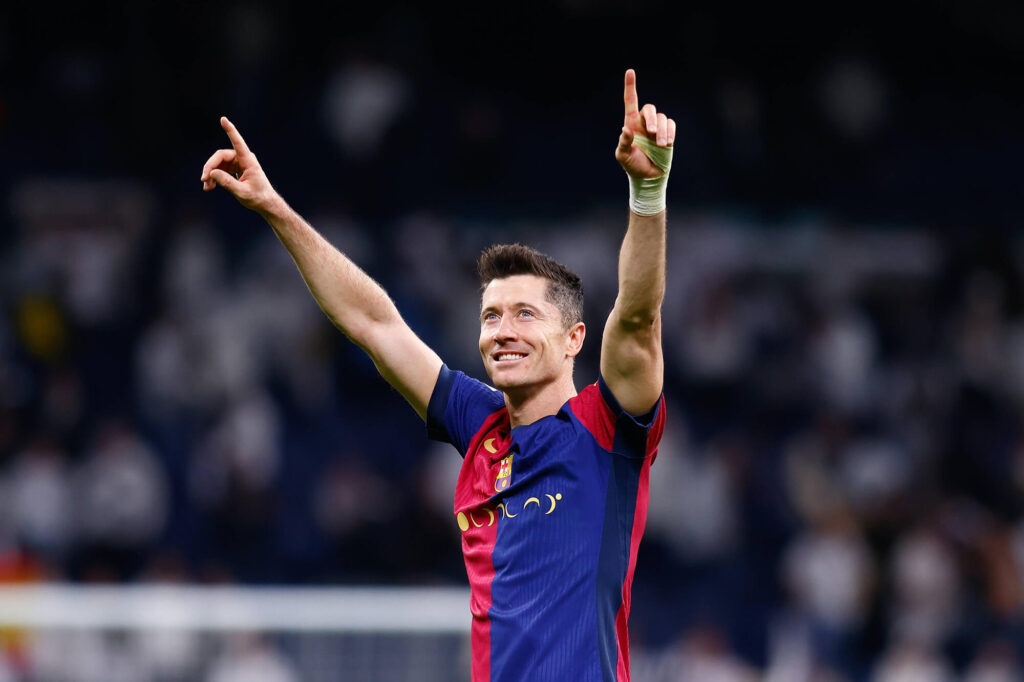
Hold-Up Play: Holding Possession Under Pressure
Hold-up play is essential for teams that build attacks through gradual buildup rather than quick counter-attacks. A striker with good hold-up skills uses their body to protect the ball, allowing teammates to join the attack.
This skill requires strength, balance, and excellent ball control. Strikers who excel at hold-up play also have good vision to spot passing options while being tightly marked.
Teams with a target man striker often rely on this ability to maintain possession in the attacking third. This aids them create scoring opportunities through crosses or combinations.
Off-the-Ball Movement: Creating Space and Opportunities
Off-the-ball movement is sometimes overlooked but is vital for a striker’s success. Effective movement without the ball helps:
- Create space for themselves by losing markers.
- Pull defenders out of position to open gaps for teammates.
- Provide passing options by making timely runs.
- Confuse defenders and disrupt their organization.
Fast, agile strikers use quick, sharp runs to break defensive lines. More tactical forwards use clever positioning and timing to get open. Constant movement also helps a striker stay involved and unpredictable.
Defensive Pressing: Modern Strikers as the First Line of Defense
Football has evolved, and with it, the role of the striker. Today’s forwards are often the first defenders, pressing opponents high up the pitch to win back possession quickly.
Pressing involves:
- Closing down defenders to force mistakes.
- Cutting passing lanes.
- Applying psychological pressure.
- Helping to regain possession close to the opponent’s goal.
This tactic not only disrupts the opponent’s build-up but can also lead to quick scoring chances from turnovers. Pressing requires excellent fitness, teamwork, and tactical understanding.

Famous Strikers in Football History
- Pelé – A complete forward who could do everything: dribble, pass, shoot, and score in all ways.
- Ronaldo Nazário – Known for his explosive pace, technique, and clinical finishing.
- Thierry Henry – Combined speed, flair, and elegance with deadly accuracy.
- Cristiano Ronaldo – Evolved into a prolific striker with unmatched athleticism and goal-scoring instinct.
- Robert Lewandowski – Modern-day finisher with outstanding positioning, movement, and work ethic.
These players serve as benchmarks for aspiring strikers and highlight the versatility and evolution of the position.
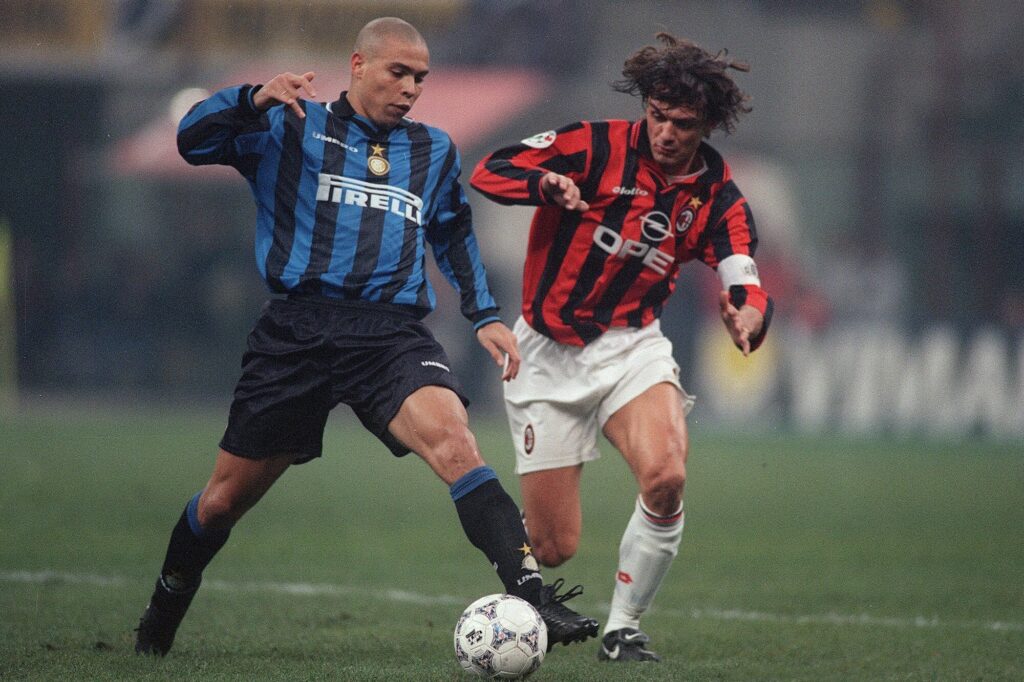
The Striker’s Vital Role in Modern Football
A striker or center forward is much more than a goal scorer. Although finishing remains the cornerstone of the position, modern football requires as well possession and hold-up play, intelligent off-the-ball movement and pinpoint pressing from a complete striker.
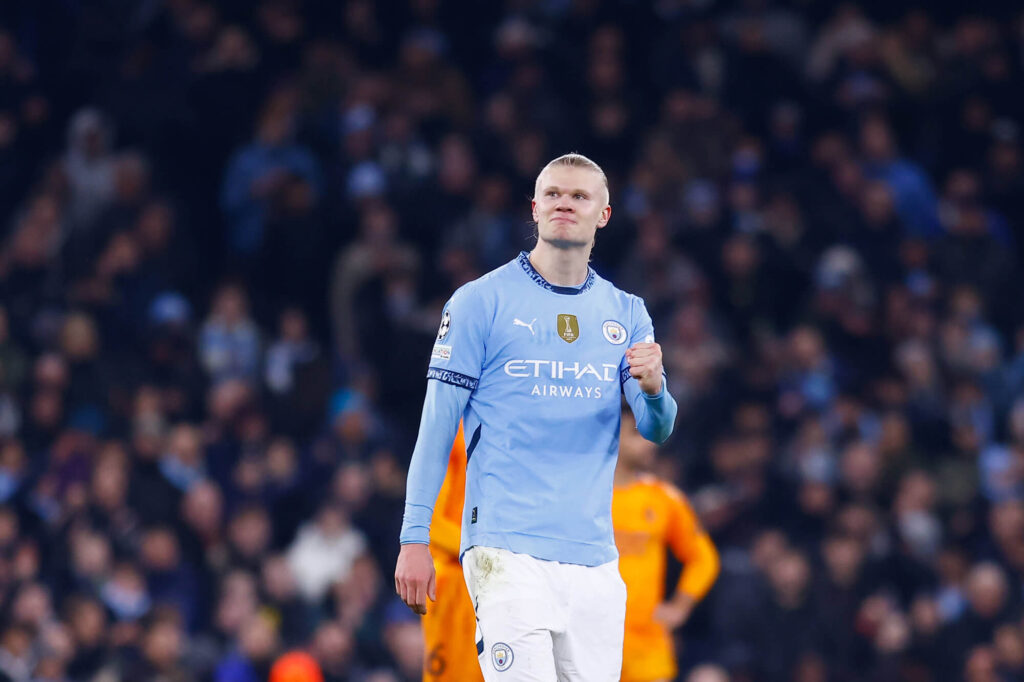
Once he masters these, he will be operating as a striker who can put the ball in the net and really does contribute to the team both offensively and defensively. Whether leading the line as a traditional number 9 or operating as a fluid forward, the striker remains the heartbeat of any attacking team.
